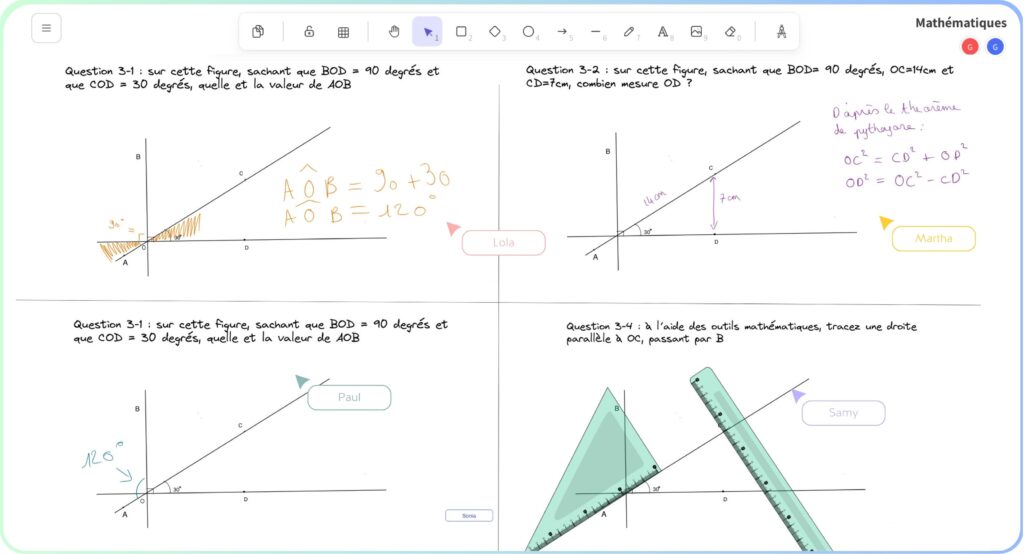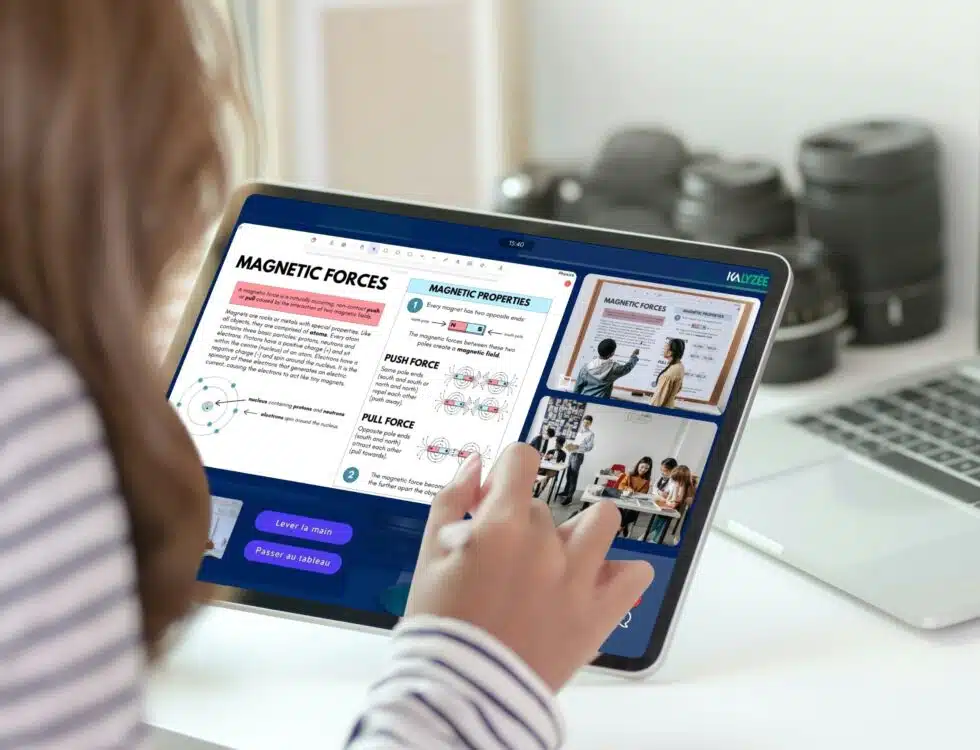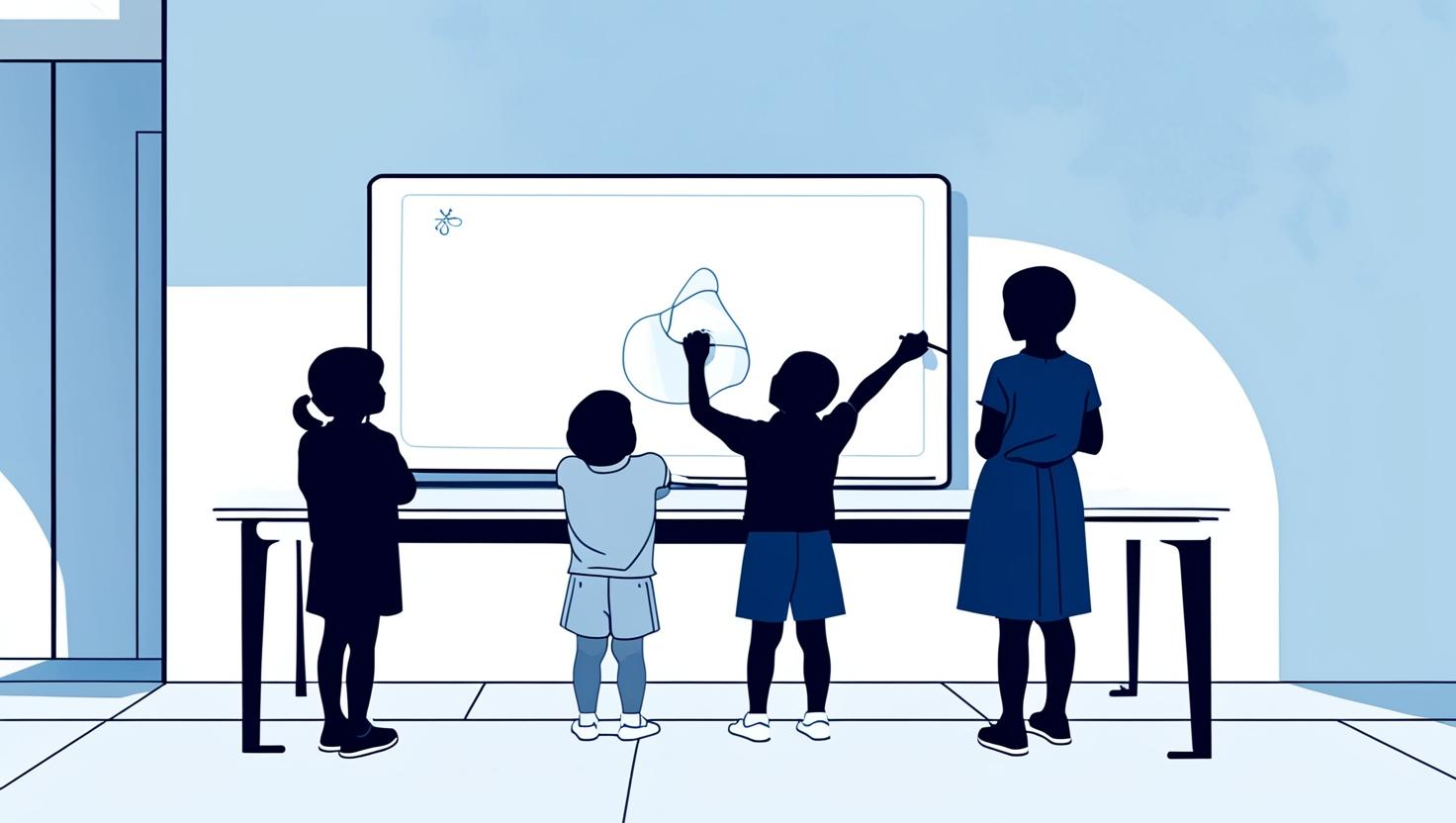Interactive technology has revolutionized education. One tool leading this transformation is the digital board, a solution designed to make classrooms more engaging and interactive. Schools adopting digital boards experience notable improvements in student participation and knowledge retention.

Digital boards combine visual aids, collaboration tools, and multimedia features, addressing the diverse needs of learners. A classroom equipped with this technology becomes a space for exploration and interaction, moving beyond traditional lectures.
A Classroom Upgrade for Teachers and Students
Digital boards improve the teaching process by simplifying the presentation of complex ideas. Teachers can display videos, diagrams, or real-time annotations without switching devices. For example, during a geography lesson, the teacher might display an interactive map and allow students to zoom into regions. This approach caters to visual learners and encourages active participation.

Students benefit significantly from these interactive tools. Concepts once taught through static chalkboards now come to life with animations and videos. Tools like Whiteboard Ninja enhance this by providing an intuitive platform for real-time collaboration. With features for annotation, sharing, and saving progress, it supports both classroom and remote learning environments.
Bridging Physical and Virtual Classrooms
The rise of hybrid education demands tools capable of connecting students in various locations. Digital boards serve this purpose by integrating seamlessly with online platforms. Teachers can share lessons in real time, ensuring remote learners stay involved.

This feature becomes particularly valuable for schools in isolated regions. Projects like interactive whiteboards illustrate how technology supports accessibility in challenging environments. Paired with video conferencing, students and teachers bridge physical divides without sacrificing engagement.
Real-World Benefits Backed by Research
Data supports the advantages of digital boards in education. A study by EdTech highlighted improved learning outcomes in classrooms using interactive boards. Test scores rose by 20%, with students demonstrating greater comprehension and recall of subjects taught with visual aids.
The practical applications of these tools extend beyond traditional subjects. For example, digital boards excel in art classes, where students explore color theory interactively. Science lessons become more dynamic when students simulate experiments on the board. Devices like those available through Kalyzée’s interactive screens offer versatile options tailored to such creative and technical needs.
Streamlined Lesson Management for Educators
Digital boards simplify lesson preparation and execution. Teachers save time by accessing online resources directly from the device. Files, videos, and interactive quizzes become part of a seamless lesson flow. This efficiency allows educators to focus on student engagement rather than logistics.
Platforms like Whiteboard Ninja (free digital whiteboard) complement this process by enabling collaborative lesson creation. Educators build, share, and refine lesson plans in a user-friendly environment. The app’s cross-device compatibility ensures that whether teaching from home or school, resources remain accessible.
Cost and Accessibility
Investing in a digital board may seem like a significant expense, but the long-term benefits outweigh initial costs. Schools see reduced spending on physical supplies and printed materials. Additionally, tools like interactive screens offer affordable, scalable options suitable for institutions of all sizes.
Many digital boards integrate with existing software, reducing the need for additional purchases. With advancements in technology, even smaller schools gain access to high-quality tools without exceeding budgets.
Adapting to Future Needs
Education evolves continuously, and technology must adapt. Digital boards remain relevant due to their flexibility and integration capabilities. Future innovations may include augmented reality or artificial intelligence, expanding possibilities for educators and students.
As tools like Whiteboard Ninja demonstrate, adaptability ensures these boards remain valuable investments. They transform classrooms into environments where curiosity thrives, and collaboration flourishes.
Conclusion : let’s go digital boards !
Digital boards redefine teaching and learning by merging technology with education. From simplifying complex lessons to fostering collaboration, they open doors to interactive and inclusive classrooms. Schools investing in these tools create dynamic learning experiences that prepare students for a rapidly changing world.


